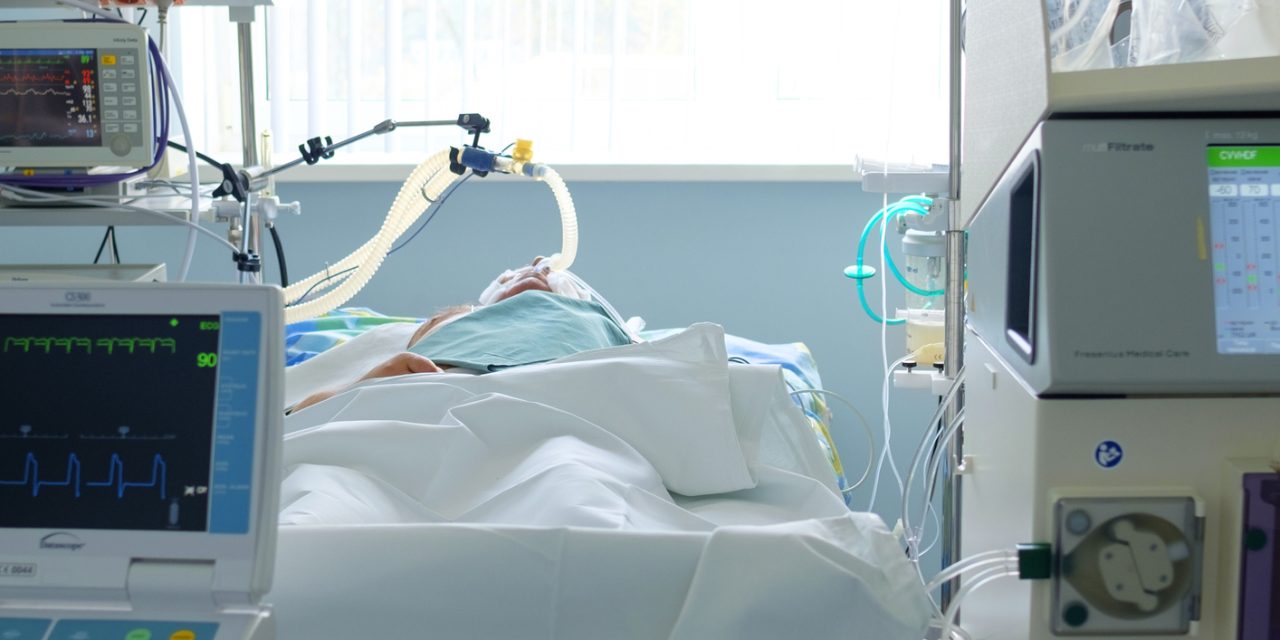The liver plays crucial roles in the regulation of immune defense during acute systemic infections. However, the roles of liver cellular clusters and intercellular communication in the progression of endotoxemia have not been well-characterized.
Single-cell RNA sequencing analysis was performed, and the transcriptomes of 19,795 single liver cells from healthy and endotoxic mice were profiled. The spatial and temporal changes in hepatocytes and nonparenchymal cell types were validated by multiplex immunofluorescence staining, bulk transcriptomic sequencing, or flow cytometry. Furthermore, we used an adeno-associated virus delivery system to confirm the major mechanisms mediating myeloid cell infiltration and T cell suppression in septic murine liver.
We identified a proinflammatory hepatocyte (PIH) subpopulation that developed primarily from periportal hepatocytes and to a lesser extent from pericentral hepatocytes and played key immunoregulatory roles in endotoxemia. Multicellular cluster modeling of ligand-receptor interactions revealed that PIHs play a crucial role in the recruitment of macrophages via the CCL2-CCR2 interaction. Recruited macrophages (RMs) released cytokines (e.g., IL6, TNFα, and IL17) to induce the expression of inhibitory ligands, such as PD-L1, on hepatocytes. Subsequently, RM-stimulated hepatocytes led to the suppression of CD4 and memory T cell subsets partly via the PD-1/PD-L1 interaction in endotoxemia. Furthermore, sinusoidal endothelial cells expressed the highest levels of proapoptotic and inflammatory genes around the periportal zone. This pattern of gene expression facilitated increases in the number of fenestrations and infiltration of immune cells in the periportal zone.
Our study elucidates unanticipated aspects of the cellular and molecular effects on liver cells in endotoxemia at the single-cell level and provides a conceptual framework for the development of novel therapeutic approaches for acute infection.
The liver plays a crucial role in the regulation of immune defense during acute systemic infections. We identified a proinflammatory hepatocyte subpopulation, and the interactions of this subpopulation with RMs via CCL2-CCR2 signaling and CD4 T cells via the PD1-PD-L1 pathway have pivotal roles in the immune response during endotoxemia. These novel findings provide a conceptual framework for the discovery of rational therapeutic targets in acute infection.
Copyright © 2022 The Author(s). Published by Elsevier B.V. All rights reserved.
Transcriptional switch of hepatocytes initiates macrophage recruitment and T cell suppression in endotoxemia.


